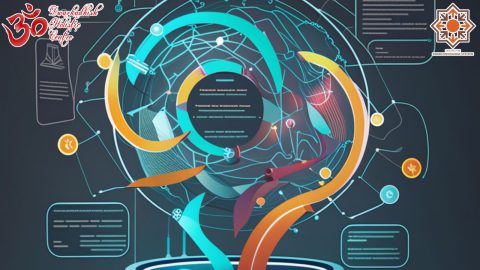Learning
Anxiety is like a rocking chair, it gives you something to do, but it gets you nowhere.
Anxiety is a normal and often healthy emotion. However, when a person regularly feels disproportionate levels of anxiety, it might become a medical disorder.
Anxiety disorders form a category of mental health diagnoses that lead to excessive nervousness, fear, apprehension, and worry
These disorders alter how a person processes emotions and behave, also causing physical symptoms. Mild anxiety might be vague and unsettling, while severe anxiety may seriously affect day-to-day living.
Anxiety disorders affect 40 million people in the United States. It is the most common group of mental illnesses in the country. However, only 36.9 percent of people with an anxiety disorder receive treatment.
What is anxiety?
The American Psychological Association (APA) defines anxiety as “an emotion characterized by feelings of tension, worried thoughts and physical changes like increased blood pressure.”
Knowing the difference between normal feelings of anxiety and an anxiety disorder requiring medical attention can help a person identify and treat the condition.
When does anxiety need treatment?
While anxiety can cause distress, it is not always a medical condition.
Anxiety
When an individual faces potentially harmful or worrying triggers, feelings of anxiety are not only normal but necessary for survival.
Since the earliest days of humanity, the approach of predators and incoming danger sets off alarms in the body and allows evasive action. These alarms become noticeable in the form of a raised heartbeat, sweating, and increased sensitivity to surroundings.
The danger causes a rush of adrenalin, a hormone and chemical messenger in the brain, which in turn triggers these anxious reactions in a process called the “fight-or-flight’ response. This prepares humans to physically confront or flee any potential threats to safety.
For many people, running from larger animals and imminent danger is a less pressing concern than it would have been for early humans. Anxieties now revolve around work, money, family life, health, and other crucial issues that demand a person’s attention without necessarily requiring the ‘fight-or-flight’ reaction.
The nervous feeling before an important life event or during a difficult situation is a natural echo of the original ‘fight-or-flight’ reaction. It can still be essential to survival – anxiety about being hit by a car when crossing the street, for example, means that a person will instinctively look both ways to avoid danger.
Looking the medical analysis of Anxiety don’t we think to drop the Anxiety.
Learning from Chair: Drop Anxiety
Tags: Drop Anxiety










